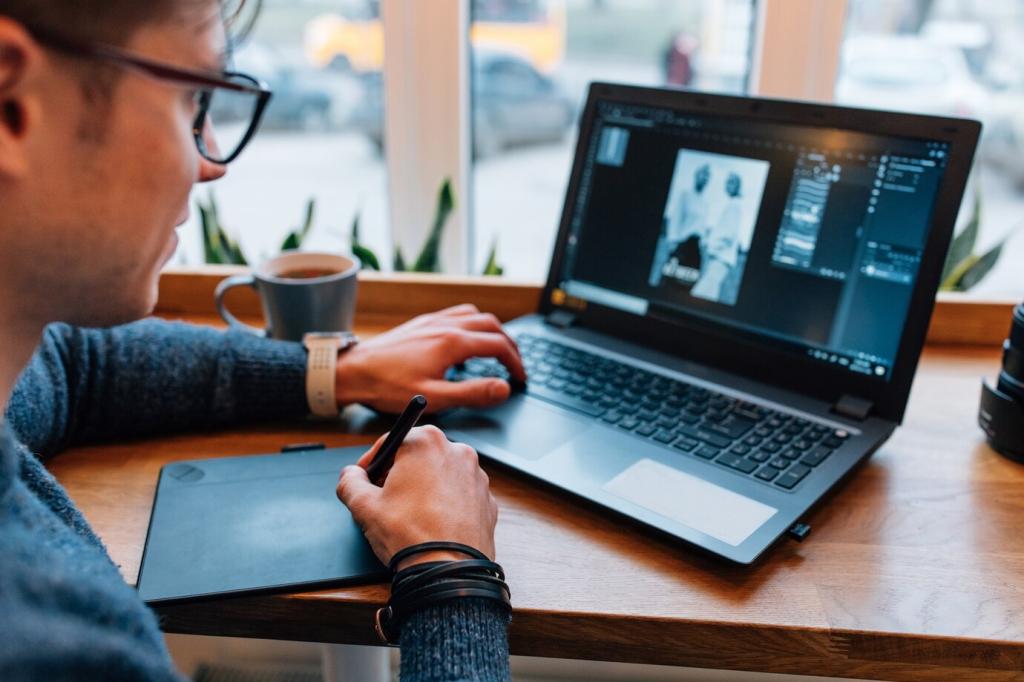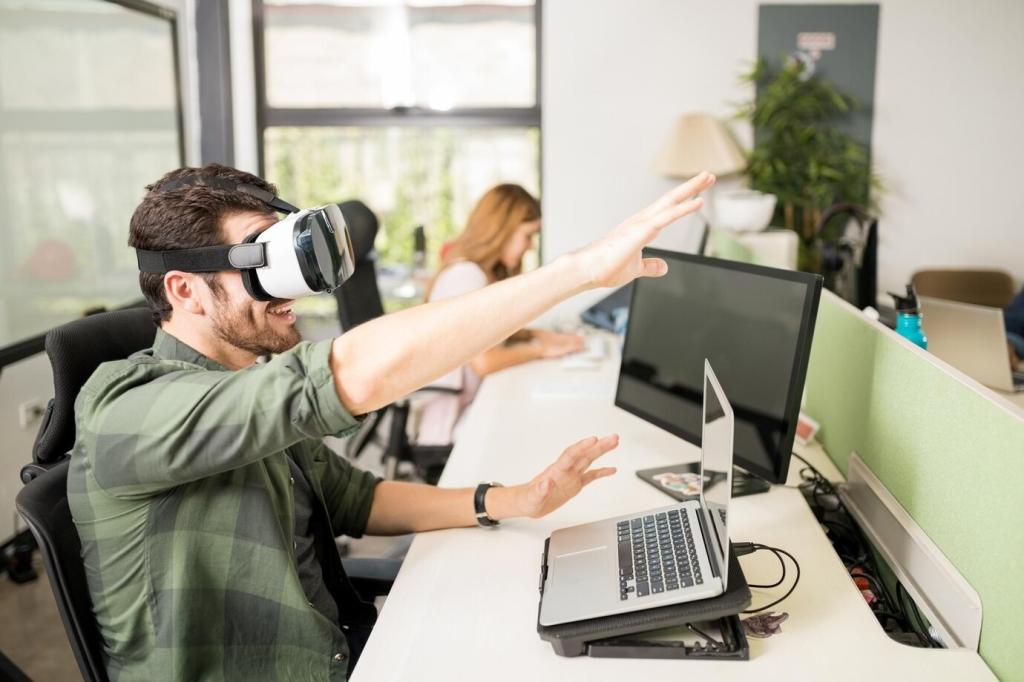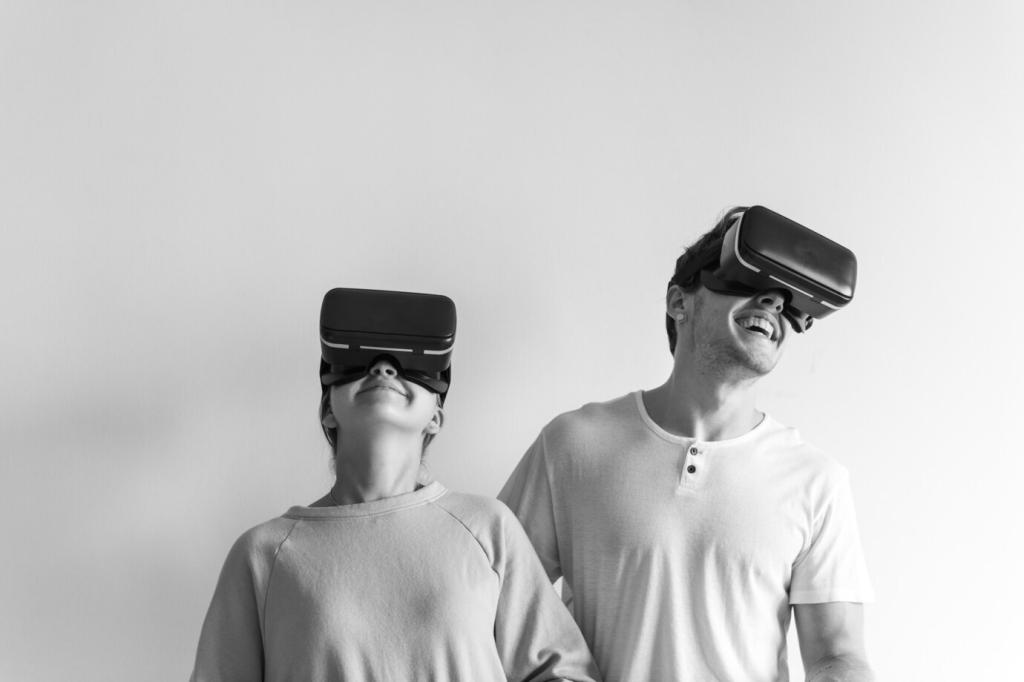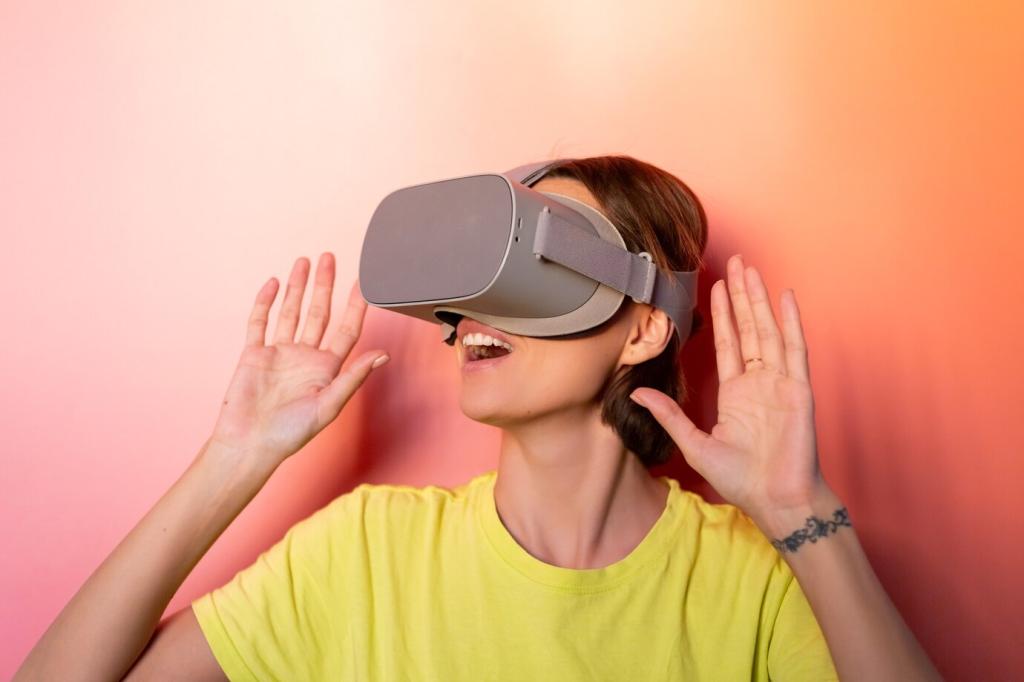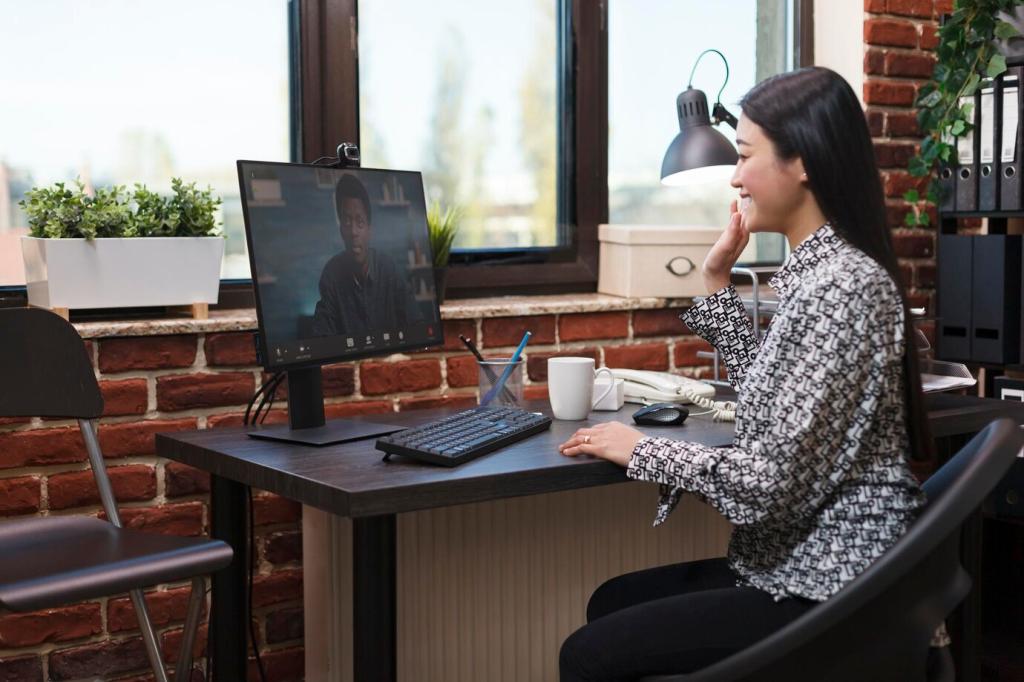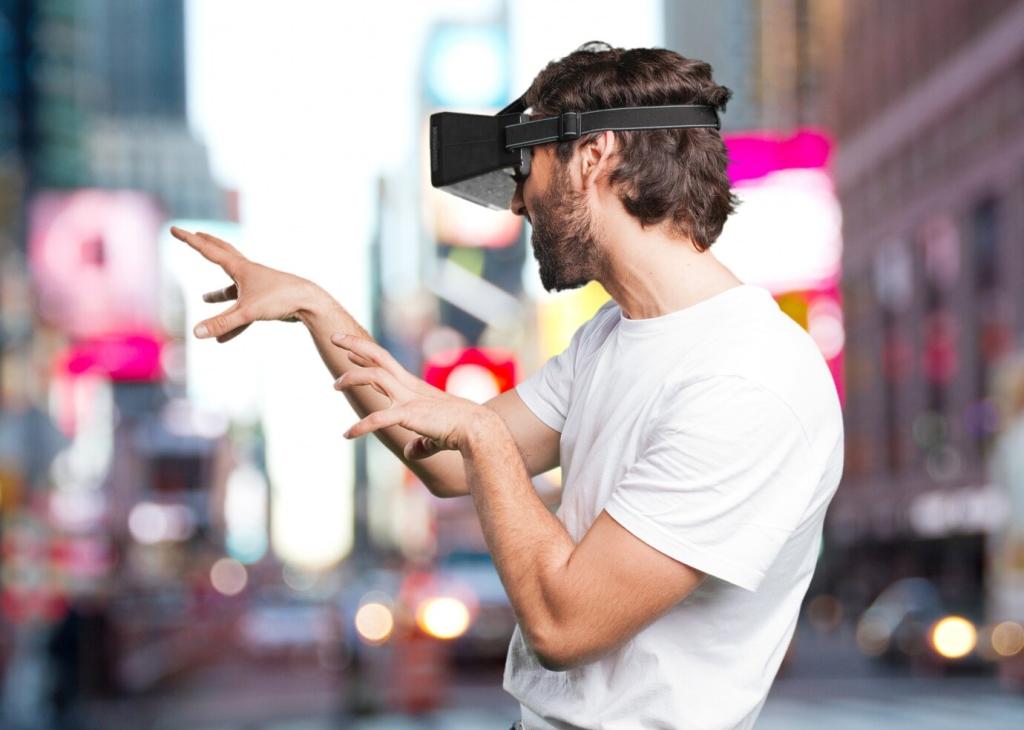Depth, Placement, and Motion Comfort
Place text at consistent depths and avoid pushing long passages too close or too far. Excessive disparity strains eyes. Keep paragraphs on a single depth plane for comfort, and comment with setups that reduced fatigue for your team.
Depth, Placement, and Motion Comfort
Billboarded text faces the user, improving readability during movement, while world-locked text preserves spatial context. Combine approaches: billboard headlines, world-lock environmental labels. Which mix works in your scenes? Share a screenshot and tell us why.

